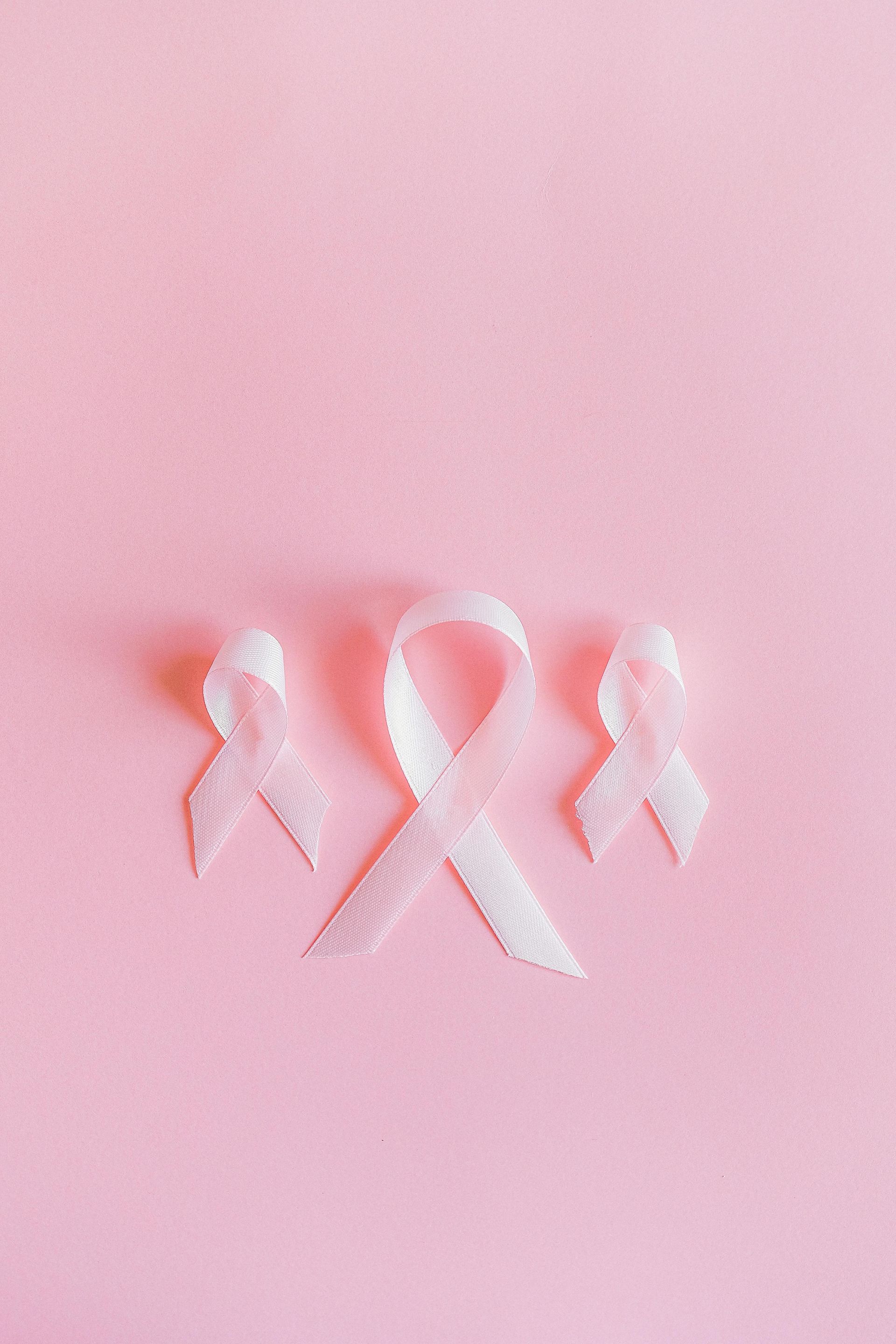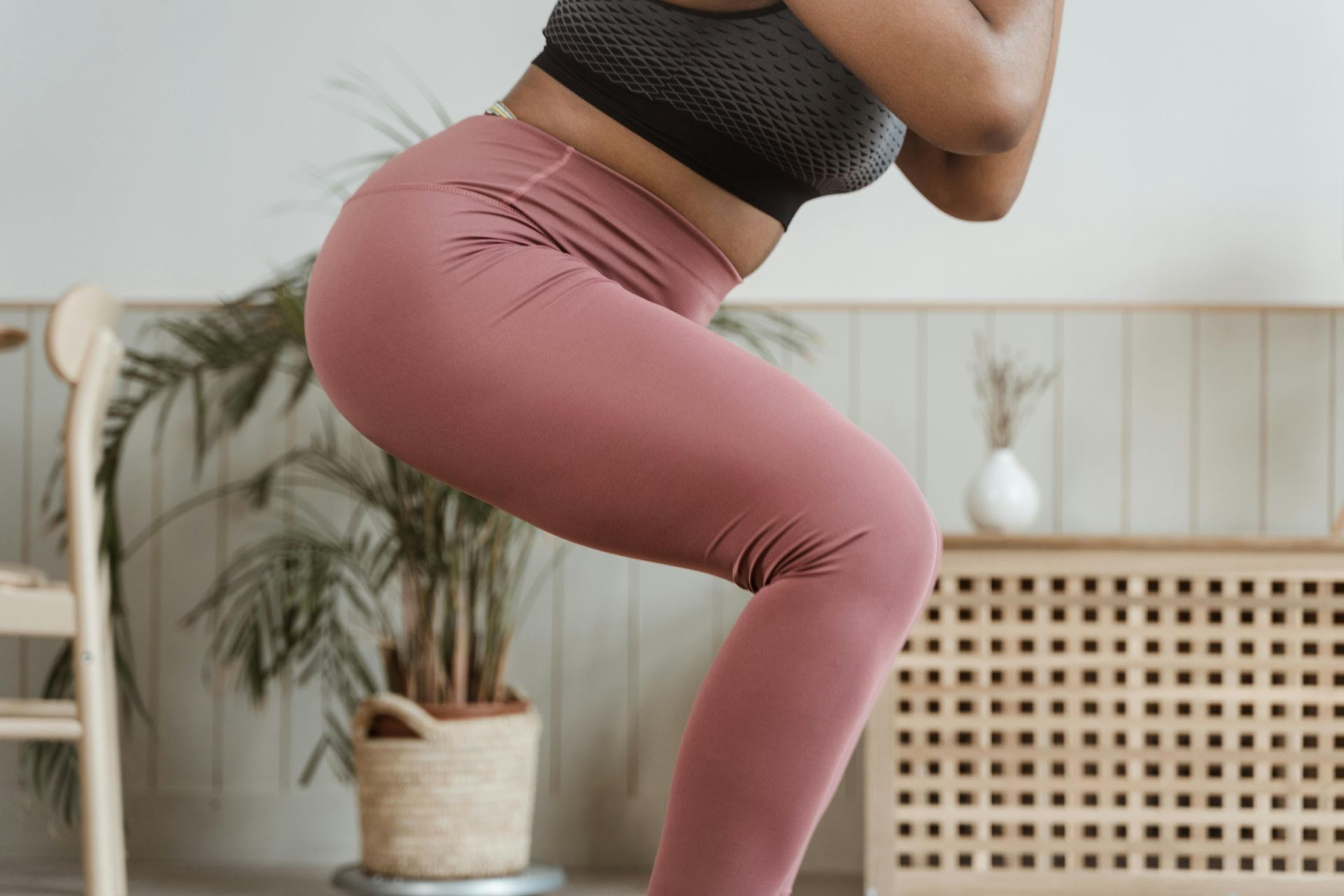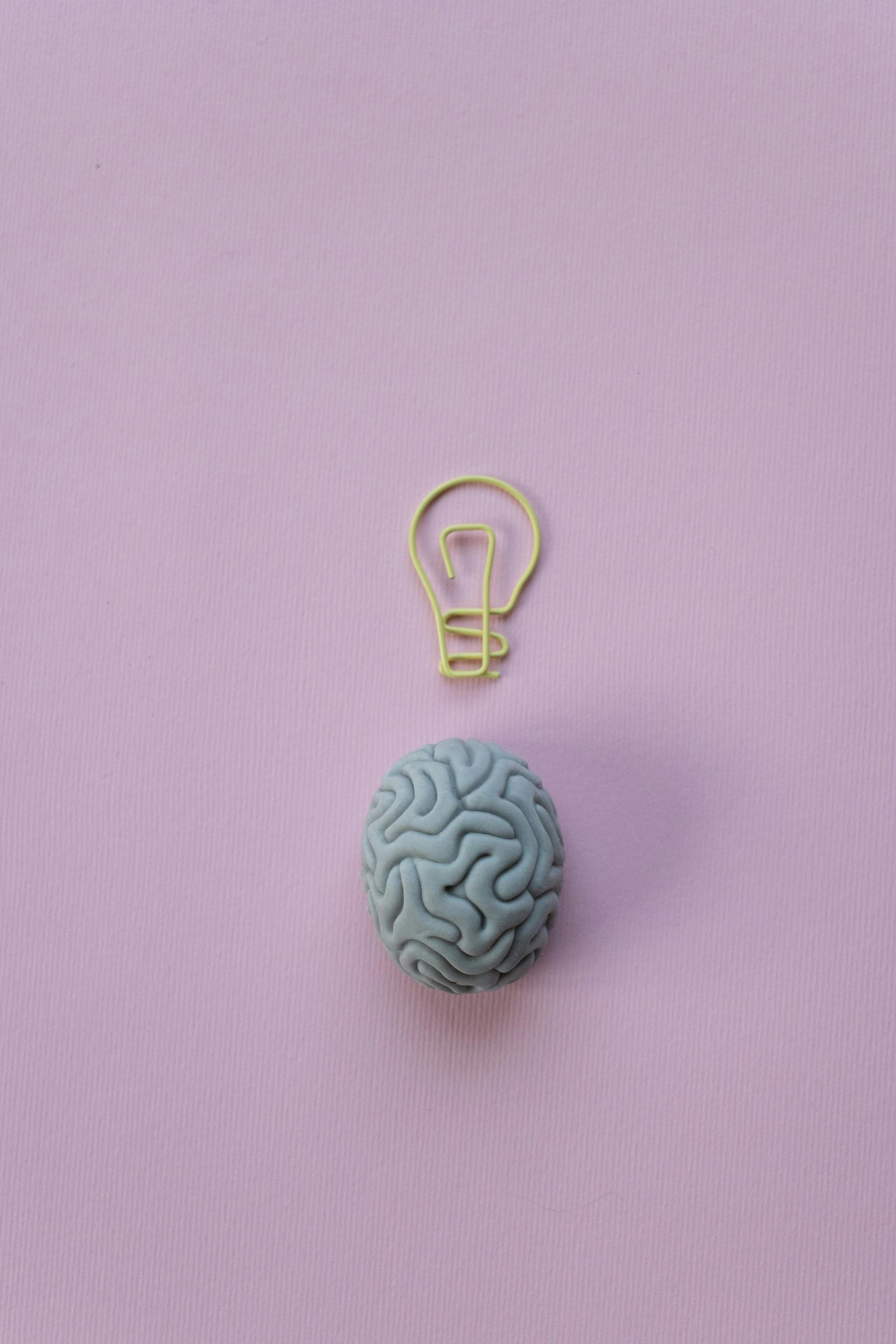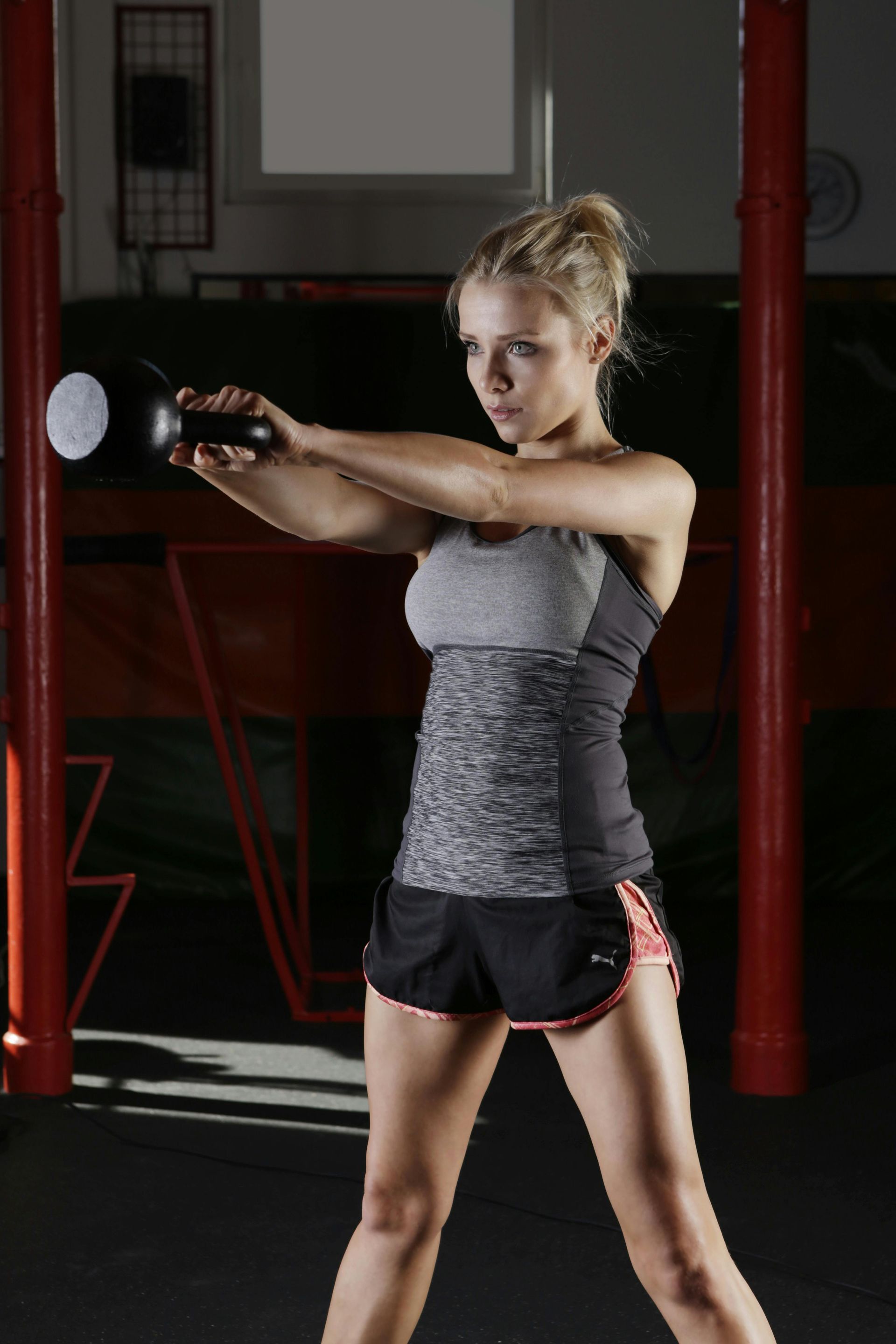What does Pilates do to your body?
“The man who uses intelligence with respect to his diet, his sleeping habits, and who exercises properly, is beyond any question of doubt taking the very best preventative medicines provided so freely and abundantly by nature.”- Joseph Pilates.
Pilates improves your posture, alignment and balance!
You'll learn how to distribute your weight evenly through stabilisation of your spine and the strengthening and toning of the core muscles of your body (your abs, lower back, hips, and buttocks). This brings balanced muscular strength to both sides of your body.
You'll improve your balance as every Pilates exercise has some element of maintaining balance as you centre.
Pilates improves your awareness, focus and attention.
Pilates is a mind-body endeavour...in that we use the mind to control the body. This means that you'll experience an increased focus, attention and awareness of your body, mind and breathing. This helps you to be present in the moment and to switch off the inner chatter. This, in turn, reduces stress and anxiety.
You will become aware of how you move and be mindful of movement that may cause unnecessary injury.
Pilates encourages you to breathe better.
The last year has been stressful for all of us. And many of us are finding that our breath is quicker and more shallow (which in turn increases stress levels).
When we breathe in Pilates, we often breathe deeply, filling the lungs and expanding the rib cage. This improves lung capacity and circulation. Exhaling deeply also reduces tension by activating the parasympathetic nervous system. In addition, in Stretch, we often use a deep lateral Pilates breath pattern to increase the release across the back and neck. Want to try it? Book in to a class for free here.
Pilates improves your flexibility and strength.
We don't hold poses in Pilates, like we do in yoga...but your flexibility will increase. This is because we work actively through our full range of motion. This means that in any one exercise, we're working both strength and flexibility.
You'll find Increased muscle strength and tone, particularly of your abdominal muscles, lower back and hips (aka, your "core" or "powerhouse"). As we strengthen these muscles, we support the body's most unstable joints - the shoulder girdle, the pelvic area and the spine.
Pilates is great for rehabilitation and prevention of back pain.
As improve our "core strength", we're improving the stability of shoulders, pelvis and spine and this, along with our increased body awareness and improved balance, makes us less likely to injure ourselves.
If we already have injuries, Pilates is fantastic for rehabilitation being low impact and focused on regaining strength, range of movement, coordination and balance.
Many people also find that the body-lengthening movements of Pilates assist to decompress the spine. If, like me, you’re sitting hunched over a desk, a Pilates session at the end of the day comes as a huge relief! Since Pilates also improves hip stability and glute strength, this also supports your back.
“It is only through perfect balance of mind and body that humans can appreciate genuine normal health”- Joseph Pilates.
If you’re looking for an exercise class that will give you all the benefits and improvements of good health and perfect balance of mind and body, I encourage you to make Pilates a way of life or at least a part of your regular exercise regime! Why not book your free Release Your Body Pilates Taster class today?










